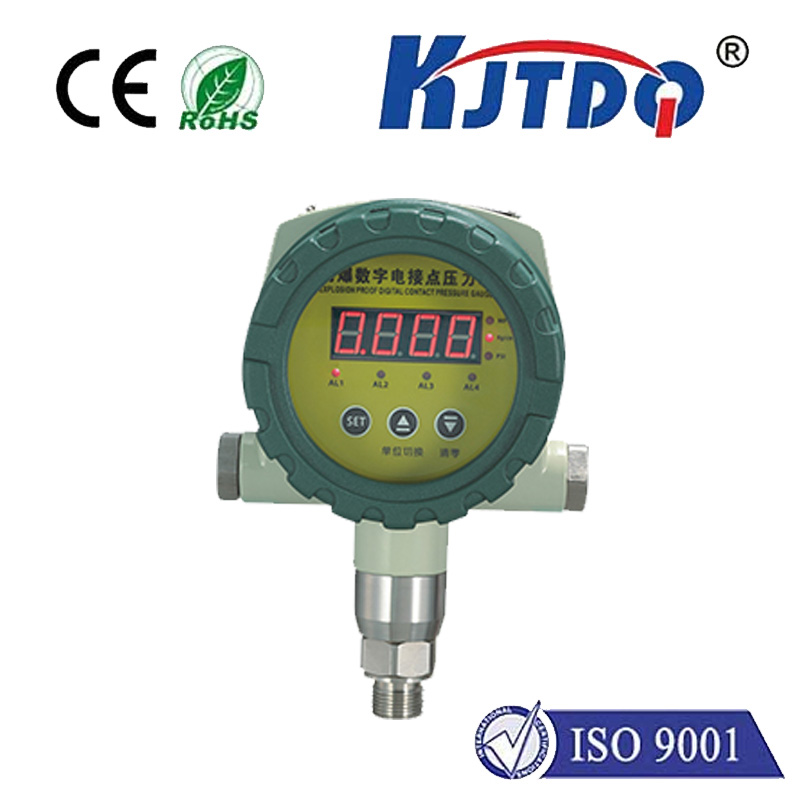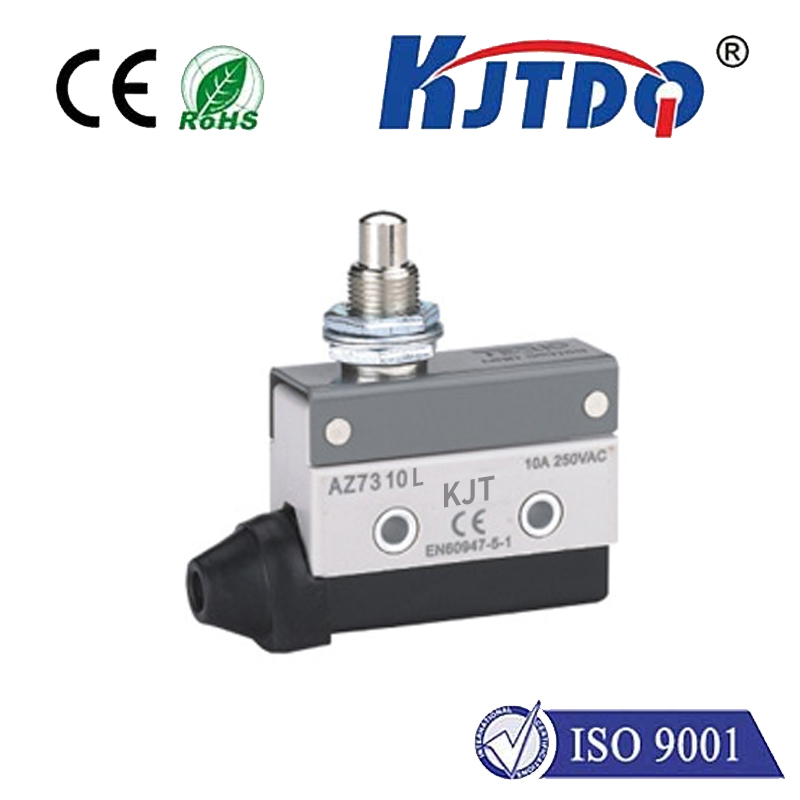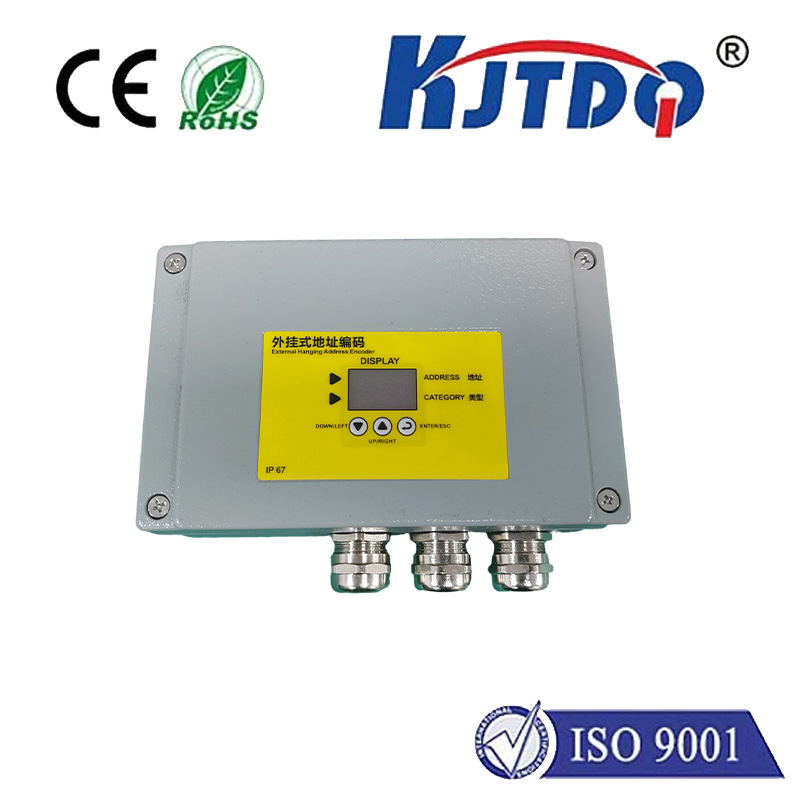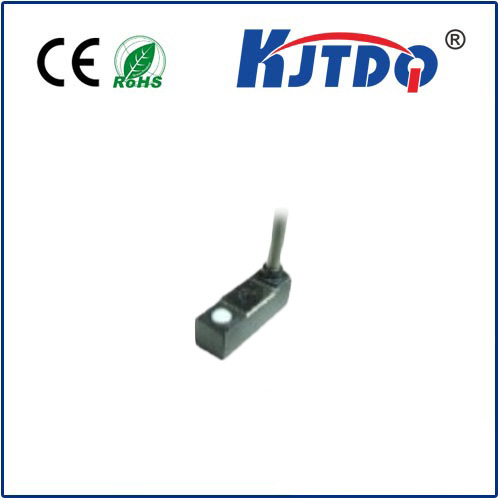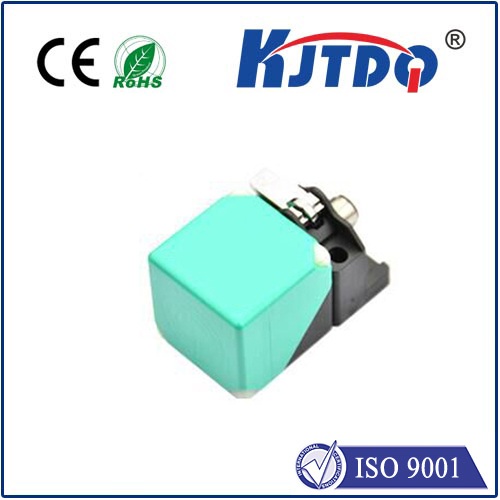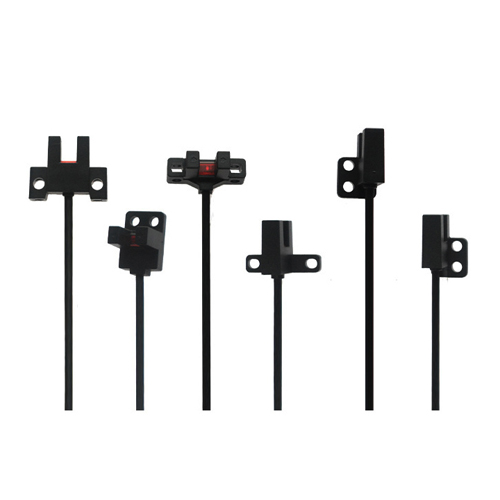ambient light sensor and proximity sensor
- time:2025-06-17 00:22:43
- Click:0
How Ambient Light and Proximity Sensors Shape Your Smartphone Experience
Ever wondered how your smartphone screen magically dims in a dark room or instantly turns off when held to your ear during a call? These subtle, almost instinctive responses are the handiwork of two tiny yet indispensable sensors working tirelessly behind the scenes: the ambient light sensor (ALS) and the proximity sensor. While often unnoticed, their combined function is fundamental to modern device usability, power efficiency, and overall user satisfaction.
The Unsung Hero of Readability: The Ambient Light Sensor
The ambient light sensor acts as your device’s eyes to the surrounding environment. Its primary job is simple yet critical: measure the intensity of the ambient light falling on the device.
- Adaptive Brilliance: Based on this real-time measurement, the sensor feeds data to the device’s software. This allows the system to dynamically adjust the screen brightness – ramping it up significantly for clear visibility under bright sunlight and dialing it down dramatically in dim environments like a bedroom at night. This adaptive brightness is crucial for:
- Optimal Viewing Comfort: Preventing eye strain by avoiding excessively bright screens in the dark.
- Reduced Glare: Mitigating screen washout in bright outdoor conditions.
- Significant Power Savings: The display is often the single biggest drain on a battery. By intelligently lowering brightness when possible, the ALS directly contributes to extending battery life. This power-saving aspect is a major driver for their inclusion in almost every modern device.
- Automating Display Settings: Some systems also use ALS data to automatically toggle between light and dark themes.
Essentially, the ALS ensures your screen is always as readable as necessary, but never brighter than needed, striking a crucial balance between usability and efficiency.
The Guardian Against Accidental Touches: The Proximity Sensor

While the ALS monitors light, the proximity sensor focuses on detecting the presence of nearby objects without physical contact. Most commonly found near the top bezel of smartphones, its primary role emerges during phone calls:
- Intelligent Screen Blanking: When you raise the phone to your ear during a call, the proximity sensor detects your head (or any close object) and signals the system to turn off the display. This serves vital purposes:
- Preventing Accidental Inputs: Turning off the screen stops your ear or cheek from accidentally pressing buttons, muting the call, launching apps, or hanging up – a frustrating experience aptly named “cheek dialing.”
- Power Conservation: Keeping the display lit while pressed against your ear wastes battery power needlessly. The proximity sensor ensures power saving by blanking it.
- Enhanced Call Experience: It allows the user to focus on the conversation without worrying about unintended screen interactions.
Proximity sensors typically operate using infrared (IR) technology. The sensor emits an invisible infrared light beam and measures whether this light is reflected back by an object within a short range (usually a few centimeters). If reflection is detected (indicating an object is close), it triggers the screen-off command.
A Powerful Synergy: Working Hand-in-Hand
While each sensor performs distinct tasks, their combined operation is where their true power shines, particularly within the smartphone ecosystem. Consider the phone call scenario:
- You receive a call and lift the phone to your ear.
- The proximity sensor detects your ear/head close to the screen and immediately instructs the device to turn off the display.
- Simultaneously, the ambient light sensor might detect the darkness caused by the phone being pressed against your head/side of your face. This information helps ensure the screen stays completely dark and isn’t inadvertently triggered by even minimal light during the call. More importantly, when the call ends…
- You move the phone away from your ear.
- The proximity sensor detects the absence of a close object, signaling the system to turn the screen back on.
- Crucially, the ambient light sensor then instantly reads the current ambient light level in the environment you are now holding the phone (e.g., your brightly lit office, or a dimly lit street) and sets the screen brightness to the appropriate level before you even look at the display.
This seamless interaction between the proximity sensor and the ambient light sensor provides a fluid, intuitive, and energy-efficient user experience. The screen is only on when you need to see it, and when it activates, it’s immediately set to a comfortable brightness level.
Beyond the Smartphone: Expanding Applications
While smartphones are the most prevalent example, the collaboration of ambient light sensors and proximity sensors extends to other devices:
- Tablets and Laptops: Utilize ALS for adaptive brightness and sometimes proximity sensors to detect user presence (e.g., dimming/locking the screen when the user walks away).
- Automotive Displays: Infotainment systems use ALS to automatically adjust brightness day and night, improving visibility and reducing driver distraction. Proximity sensors might enable gesture control or detect a hand approaching the screen.
- Smart Home Displays & Thermostats: ALS ensures displays are readable under varying light conditions without manual adjustment. Proximity can wake the display when a user approaches.
- Industrial Control Panels: Use sensors to adapt display visibility in different factory lighting conditions and detect operator presence for safety or interaction.
The Essential Duo for Intuitive Interaction
The ambient light sensor and proximity sensor exemplify how sophisticated, yet unobtrusive, technology enhances our daily interactions with devices. By dynamically responding to the physical environment and the user’s immediate actions – adjusting screen brightness to match ambient light levels and turning the display off during calls via proximity detection – they deliver substantial benefits. These include power saving, significantly reduced accidental touch input, enhanced user comfort through adaptive brightness, and an overall smoother, more intuitive user experience. They work silently but effectively, proving that the smallest components can have the most significant impact on how we seamlessly integrate technology into our lives.






